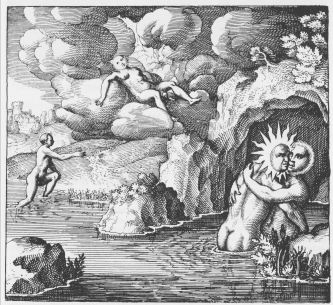Hexagram 55

Joseph Smith
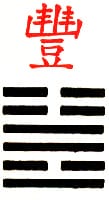
Feng – thunder over the fire - the preacher and prophet...
It is not given to every mortal to bring about a time of outstanding greatness and abundance. Only a born ruler of men is able to do it, because his will is directed to what is great. Such a time of abundance is usually brief...
But then there's Celestial Heaven! The Mormon pioneers had a practice of taking Old Testament names and Joseph Smith opted for Enoch, an interesting choice, for Enoch got to visit Heaven as Smith himself would do during his lifetime and he founded the righteous city of Zion, which Smith would call Nauvoo.
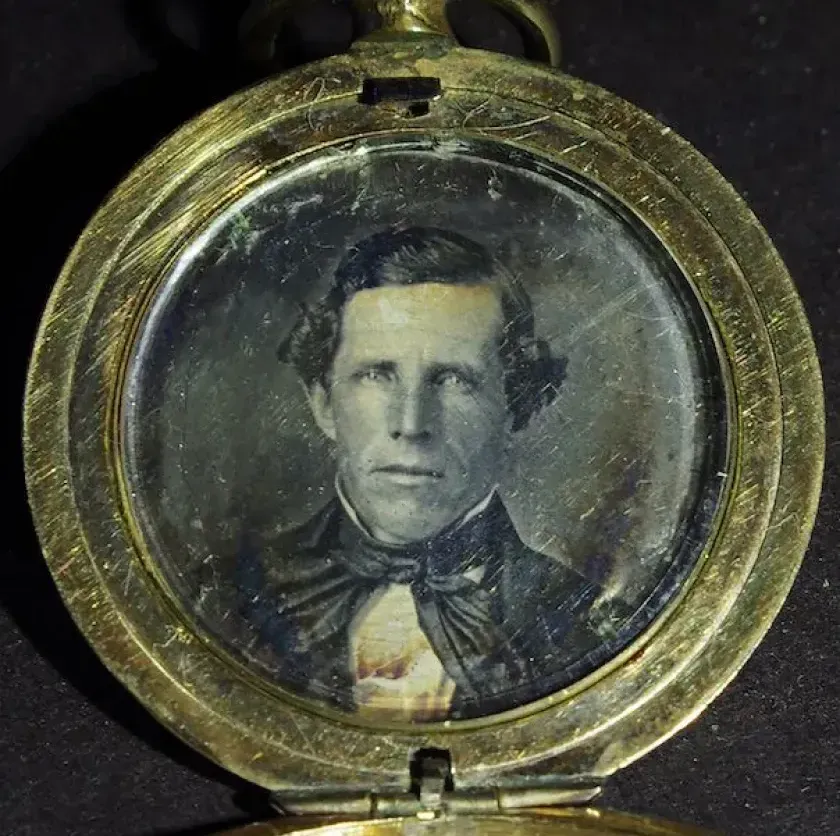
The apocryphal Book of Enoch first surfaced in English translation in the 1820s - when Smith encountered it - and his own translations appeared a decade later in his Book of Moses. It describes how fallen angels lusted after the women on earth and they fathered the Nephilim, and this led directly to an angry God wiping out humanity with the Flood (story here). The same apocalyptic thinking is caught well in this 1836 painting by Thomas Cole, The Course of Empire - Destruction. (It's one of a series of five):
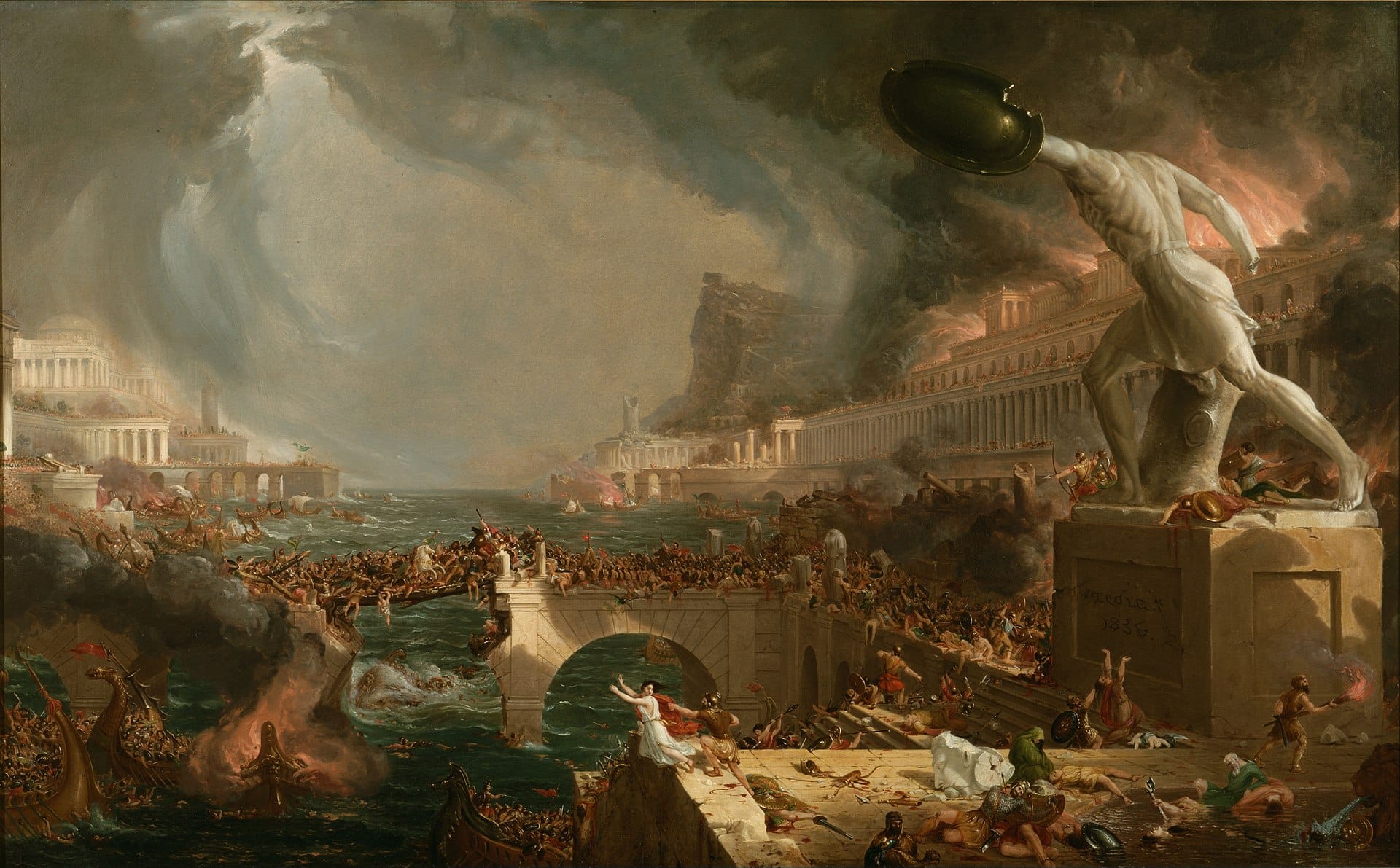
It has always been one of the inherent limitations of The Bible and The Book of Mormon that they were not illustrated early enough, at least for adults. Unlike in medieval and modern times, the written word took precedence over images, and ambiguity was to be avoided. Yet Smith's own writings and sermons are highly ambiguous. To Harold Bloom and others, Smith's magical world view owed a lot to Freemasonry and Gnostic and Kabbalistic thought. In other words, though few say it, Smith was an alchemist, a sorcerer of sorts. This is not a criticism.
Smith would have been perfectly at home reading Michael Maier's emblem book, Atalanta fugiens of 1617-1618, a masterpiece of ambiguity. Here in its first emblem, Man is borne in the belly of the wind. Eternal progression is close here...
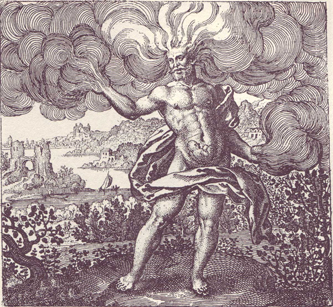
The early interest in sun and moon imagery in the LDS church seems to have had its roots in alchemy too, although it has declined since the 19th century, aside from the outside of temples.
